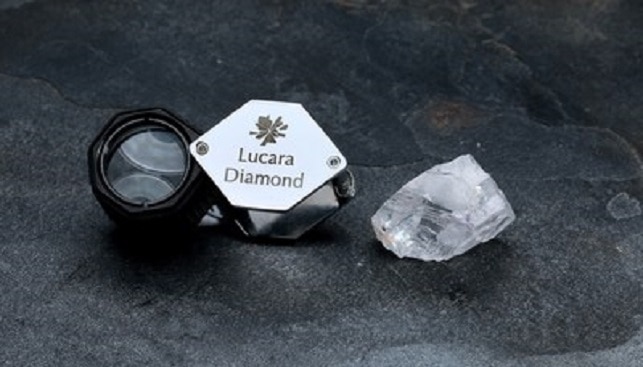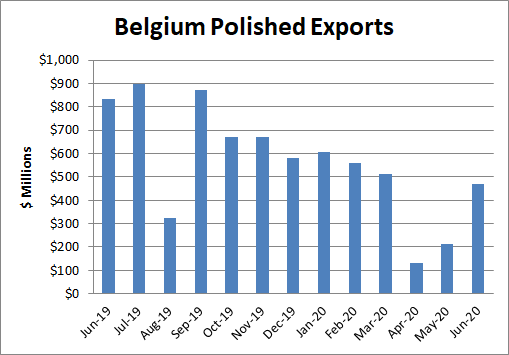When Vasana Ratanasunya first set her mind on making VVS & Co. Bangkok a go-to name for every lady looking to enrich their life with a piece of diamond jewellery, she knew she had to take the path less trodden by others in the market in order to achieve her goal.
“There are lot of myths and mindsets when it comes to wearing, and even buying a piece of diamond jewellery,” she said during a dinner meeting with Prestige. “The most important issue, however, is that we measure the value of diamonds by the number of times we can wear them, so the easiest items to sell are some simple piece of earrings or bracelets because people think they can wear them as often as they could. That’s the mindset I want to change.”
A graduate in fashion, Vasana understands the rule of mix-and-match and proportion better than anyone. After her love for fashion has matured into a passion for precious stones that are forever, Vasana brings her own sense of style into bringing diamonds into everyday wardrobe. Her tricks? Go big when you dress down, go moderate when you dress for work, and go big for your evening.

“The problem with women who buy only small items thinking they can wear them often is that, you end up not having a good big piece to wear when you have to attend events like a gala dinner that requires an evening dress. That’s why I always tell people to go for a full matching set of diamond jewelleries instead of buying small pieces here and there. You have this big set for an evening occasion but for everyday, you can just wear a bracelet with your office look, or a pair of chandelier earrings with a t-shirt and denim on a day-out with friends. It’s just about mix-and-match!”
“Most importantly, you invest in this one set and it will become something you can pass on to your children. It has an emotional value that cannot be measured by money.”

Another ground-breaking approach Vasana has brought into the industry is her savviness in social media commerce. With the Covid-19 bringing a slow-down to international export — which previously contributed to the majority of sales for VVS & Co. — Vasana broke out of the crisis using online channels — most notably an Instagram live session which has received huge interests from fans and earned the brand a lot of new customers.

“I would say we are lucky in a way that the name VVS has been in the industry for a long time. People have known about us for decades and they trust our quality. It’s not easy to sell something as expensive as diamonds online. People need to really trust you to buy something this precious from you and we have our history to thank.”
Source: prestigeonline




















